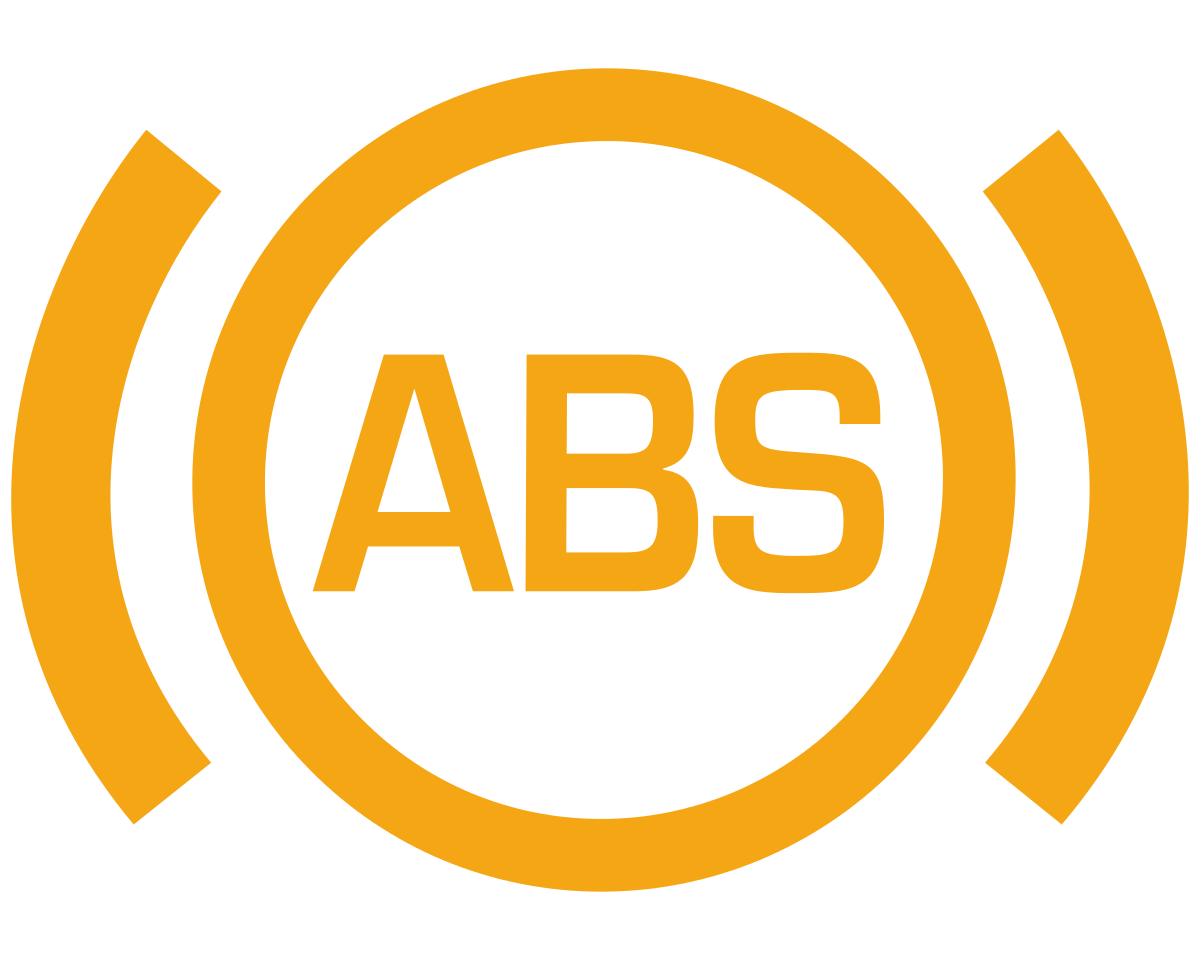Anti-lock Braking System: How Does The ABS Work in Cars?
Thanks to the modern technologies, cars are becoming safer and getting secured with modern technology. These safety features provide peace of mind on the roads. We can see a number of safety features on the road today with car running around having a low risk of any catastrophe caused by car accidents.
Anti-lock brake system prevents the wheels from locking up, when the vehicle starts skidding and the decrease the distance traveled without slipping.
Driving on a highway can be fun and sensational experience. It may make you feel like you are seizing the day. Busy city roads keep us retrained but the highways make us feel there is no looking back. It is why you can see cars running on highways at fast speeds.

The monsoon season brings new challenges for the drivers as cruising at highway at high speeds may invite a disaster if the roads are slick. So what you do if you have to suddenly stop your car? In the absence of anti-lock brake system, the wheels of your car stop spinning and the car will begin to skid. The results can be deadly as you will lose the control over your car.
What is Anti-Lock Braking System?
As the name implies, the anti-lock brake system is an active safety system in cars and vehicles that keeps their wheels from locking up and helps the drivers to maintain steering control. It enables the wheels of a vehicle to maintain tractive contact with the ground and prevents them from going into an uncontrollable skid. Actually, it provides the driver more control over the vehicle in situations like sudden braking.
Components of ABS
ABS works with four components which are speed sensor, valves, electronic control unit (ECU) and hydraulic control unit (HCU).
ABS in Operation
The anti-lock brake system works as soon as a wheel locking situation is detected or anticipated; the electronic control unit alerts the hydraulic control unit by sending a current and directs it to release the brake pressure, allowing the wheel velocity to go up and wheel slip to come down. When velocity of the wheel increases the electronic control unit reapplies the brake pressure and limits the wheel slip to a certain degree. The HDU controls the brake pressure in each wheel cylinder based on the inputs from the system sensor. Consequently, this controls the wheel speed. This process echoes for the next braking operation.
